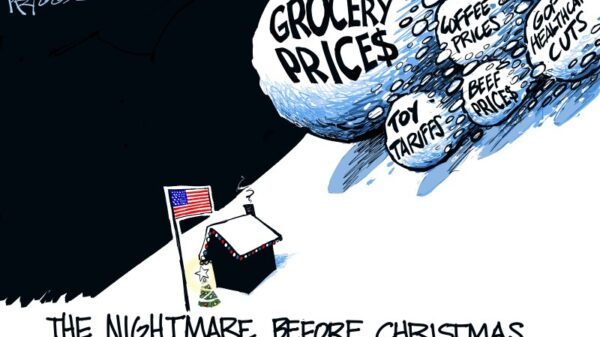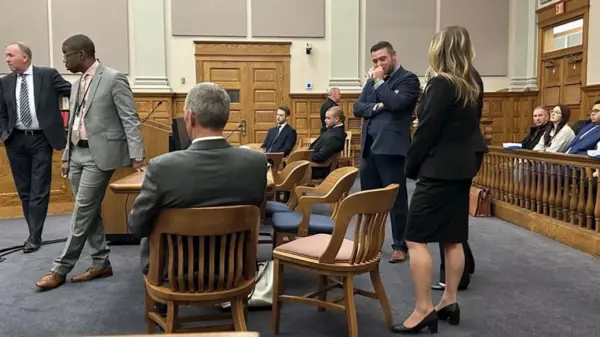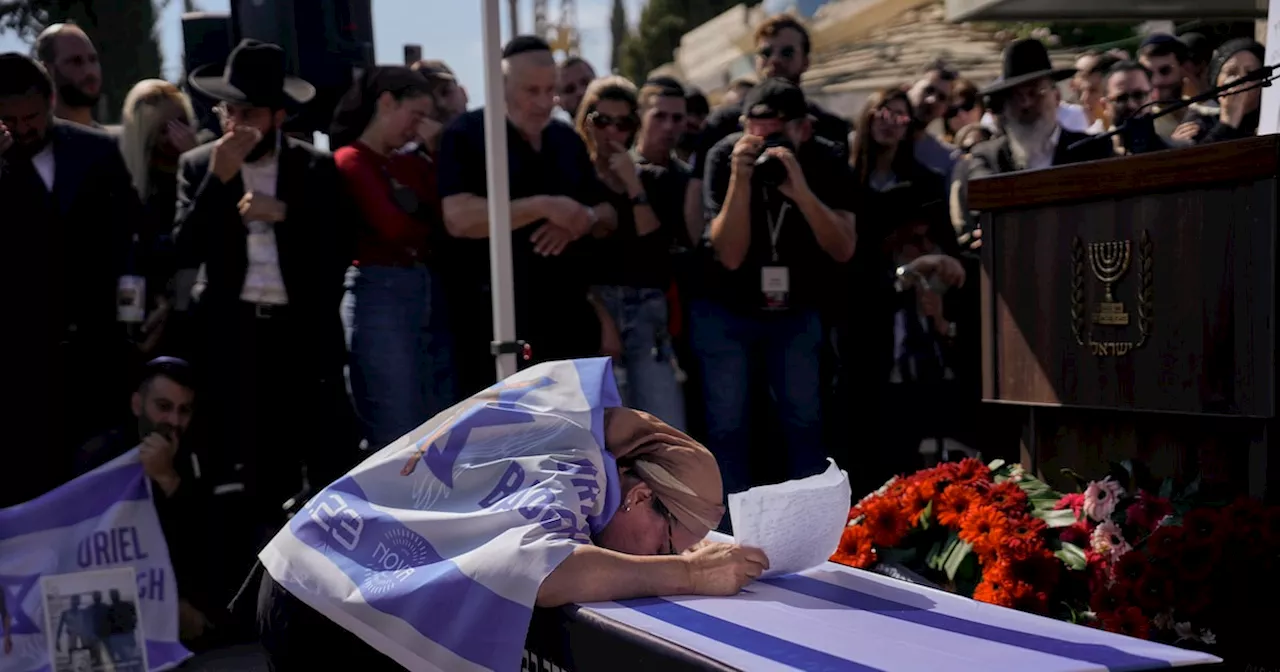A fragile ceasefire between Israel and Hamas is under significant strain following a weekend marked by violence that underscores the challenges of maintaining peace in the region. The truce, which has been in effect for ten days, faced renewed hostilities after two Israeli soldiers were killed and another injured when a missile struck a military vehicle in Rafah. The Israel Defense Forces reported the incident, prompting a swift retaliation that involved airstrikes targeting buildings in Gaza that Israel claimed were linked to Hamas operations.
Hamas, however, has categorically denied involvement in the missile attack, asserting that the perpetrators were rogue militants outside its control. The group has reiterated its commitment to the ceasefire, despite the escalating tensions. In a significant move, Israel briefly threatened to suspend humanitarian aid to Gaza before ultimately agreeing to allow it to continue.
President Donald Trump addressed the situation on Monday, expressing confidence that Hamas may not have orchestrated the weekend’s violence. He emphasized the need for the group to adhere to the terms of the ceasefire, stating, “We have a little situation with Hamas, and that will be taken care of very quickly if they don’t straighten it out themselves, because they’re in violation of the agreement.”
The recent flare-ups are not isolated incidents; they reflect ongoing volatility since the ceasefire began. Following its implementation, Hamas has sought to reassert its control in Gaza, which has included public displays of authority that have raised concerns about the future of the peace process. Under the current peace framework, Hamas is expected to release all remaining hostages in exchange for Palestinian prisoners, while also considering a phased withdrawal of Israeli troops. However, critical issues such as disarmament and relinquishing control over Gaza remain unresolved.
The challenges facing the peace negotiations are compounded by Hamas’ reluctance to disarm. Despite losing thousands of fighters and many prominent leaders over the past two years of conflict with Israel, the group has shown little willingness to relinquish its authority. Ariel Ahram, a Middle East specialist at Virginia Tech, noted, “There are good reasons to be concerned. Hamas and Israel both accepted the ceasefire proposal with a ‘Yes, but…’”
In response to the escalating tensions, U.S. diplomats are actively engaging with both sides. Steve Witkoff and Jared Kushner, the son-in-law of President Trump, are in Israel to meet with government officials and support the tenuous peace agreement. Vice President JD Vance and second lady Usha Vance are also scheduled to meet with Prime Minister Benjamin Netanyahu in the coming days.
International mediators are convening in Egypt this week to discuss the implementation of the initial phase of the peace deal. While the timeline for formal discussions on subsequent phases remains unclear, the U.S. continues to play a crucial role in maintaining momentum for the agreement. Ahram highlighted the U.S. position as a significant leverage point, noting its status as a major donor of humanitarian aid and a key security partner in the region.
The path forward is uncertain, with many stakeholders awaiting action from regional powers, including Saudi Arabia and the Emirates, to contribute to reconstruction efforts in Gaza. As the situation unfolds, the ability of both Israel and Hamas to adhere to the terms of the ceasefire will be critical in determining the future of peace in the area.






































































